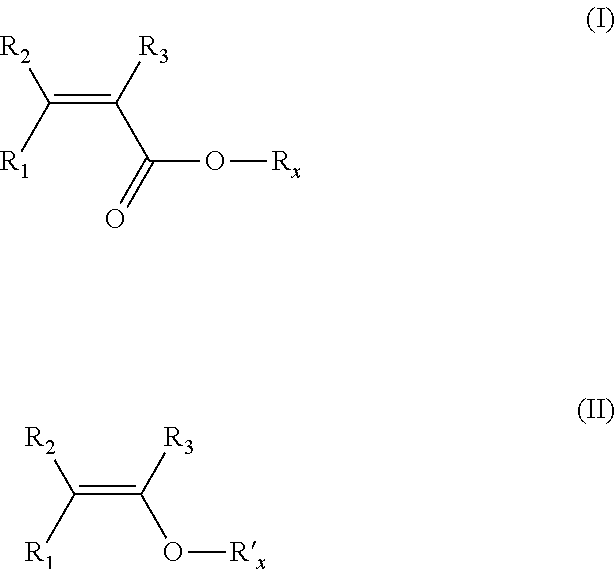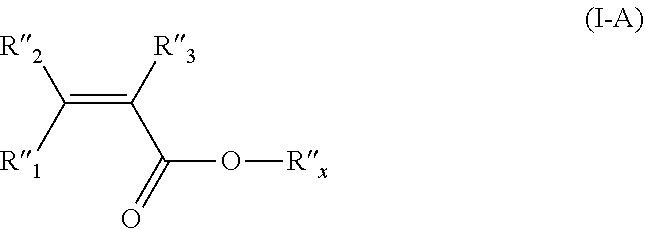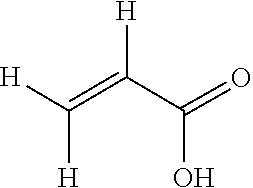Process for manufacturing heat treated pvdf
a technology of vinylidene fluoride and heat treatment powder, which is applied in the direction of cell components, cell component details, electrochemical generators, etc., can solve the problems of deteriorating productivity, affecting the colour of the material, and requiring a long time for the solvent to completely dissolve the powder to obtain a uniform solution, etc., to achieve the effect of easy and convenient operation and easy dissolution in organic solvents
- Summary
- Abstract
- Description
- Claims
- Application Information
AI Technical Summary
Benefits of technology
Problems solved by technology
Method used
Image
Examples
example 2
REATEMENT OF DISPERSION1
[0236]Preparation of Dispersion1 as obtained in Example 1 was repeated several times to produce 15 Kg of Dispersion1 with a concentration of 15% w of Polymer 1 in water. Dispersion1 was charged into a 22 liter stirred reactor under vacuum. The temperature was fixed at 135° C. and stirring rate at 300 RPM. The final pressure inside the reactor was 3.7 bar(abs), given substantially by the water pressure. The dispersion was kept at these conditions for 60 minutes. After that, the reactor was cooled down up to 40° C. under stirring when the slurry was discharged. The dispersion was then filtrated and put in a fluidized bed with air at a temperature between 90 and 95° C. leading to Polymer (FT-A). The fluidization of the cake was very good and better than the non-treated cake.
[0237]No agglomeration or change in colour from the initial white colour of Polymer 1 obtained after polymerization in Example 1 was observed in the polymer particles of Polymer (FT-A) after ...
PUM
| Property | Measurement | Unit |
|---|---|---|
| temperature | aaaaa | aaaaa |
| temperature | aaaaa | aaaaa |
| temperature | aaaaa | aaaaa |
Abstract
Description
Claims
Application Information
 Login to View More
Login to View More - R&D Engineer
- R&D Manager
- IP Professional
- Industry Leading Data Capabilities
- Powerful AI technology
- Patent DNA Extraction
Browse by: Latest US Patents, China's latest patents, Technical Efficacy Thesaurus, Application Domain, Technology Topic, Popular Technical Reports.
© 2024 PatSnap. All rights reserved.Legal|Privacy policy|Modern Slavery Act Transparency Statement|Sitemap|About US| Contact US: help@patsnap.com










